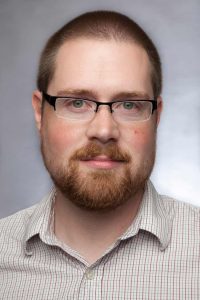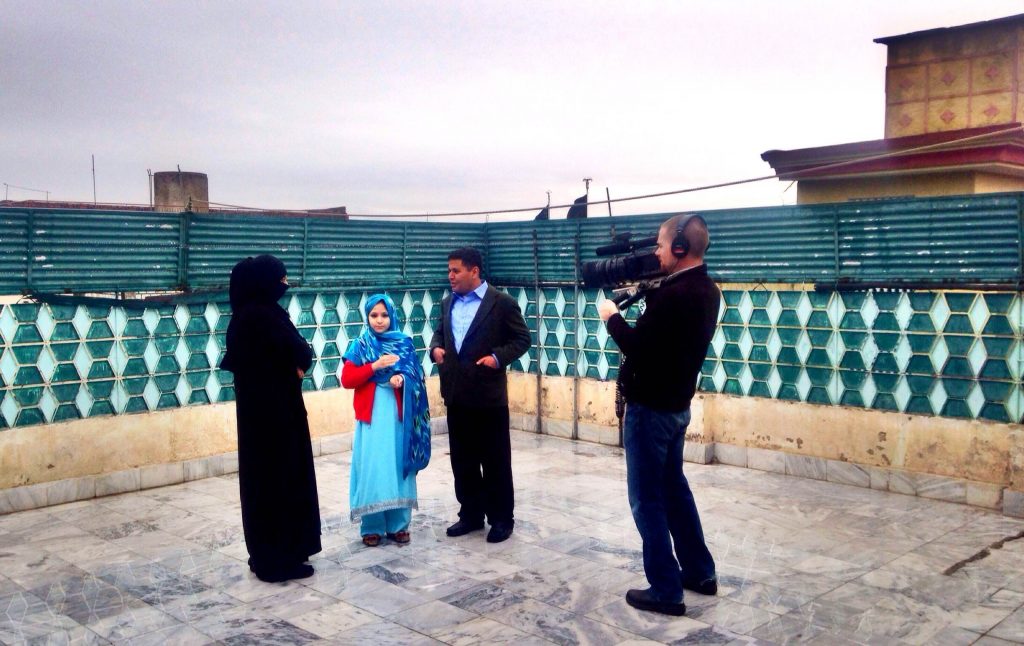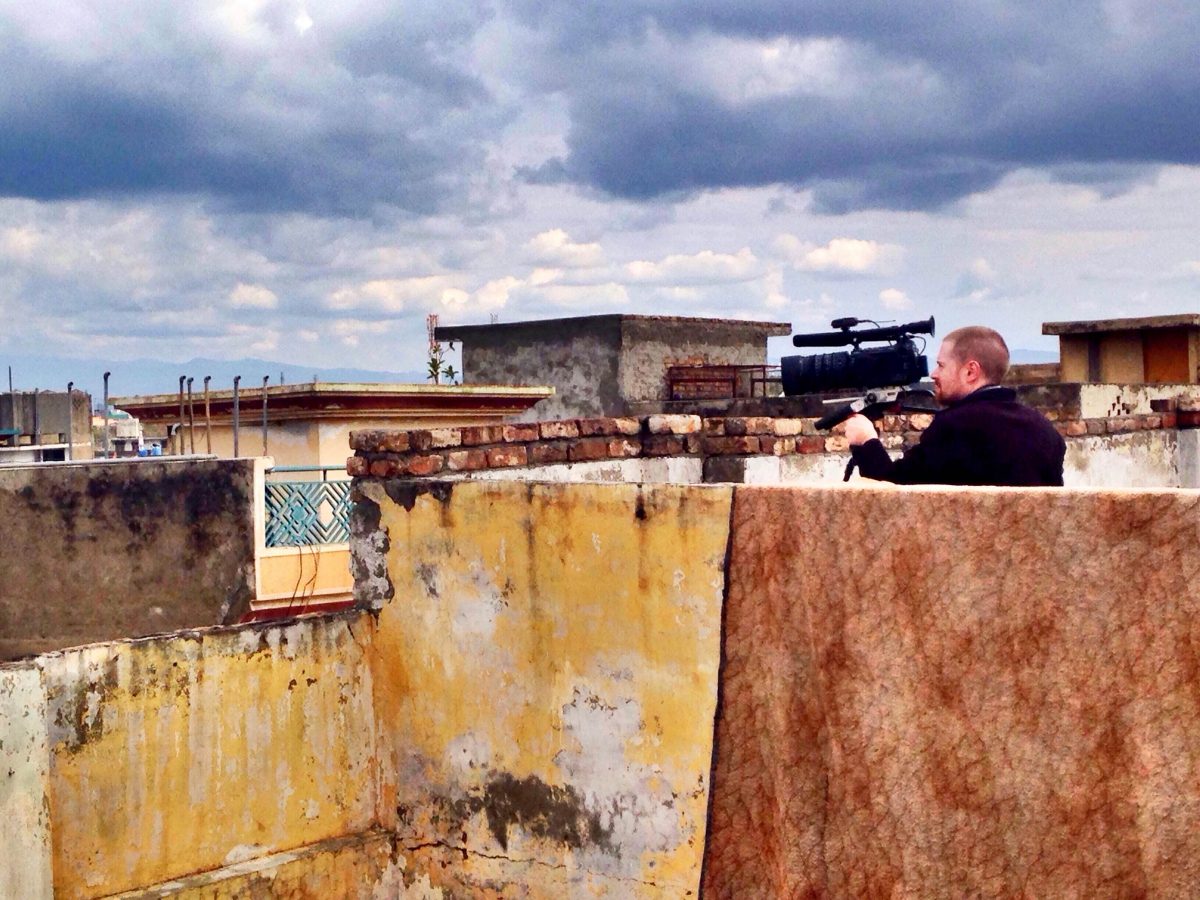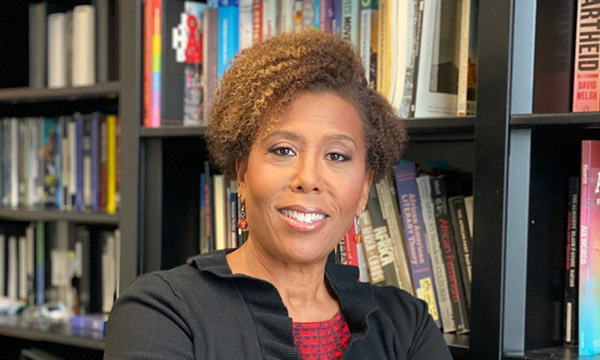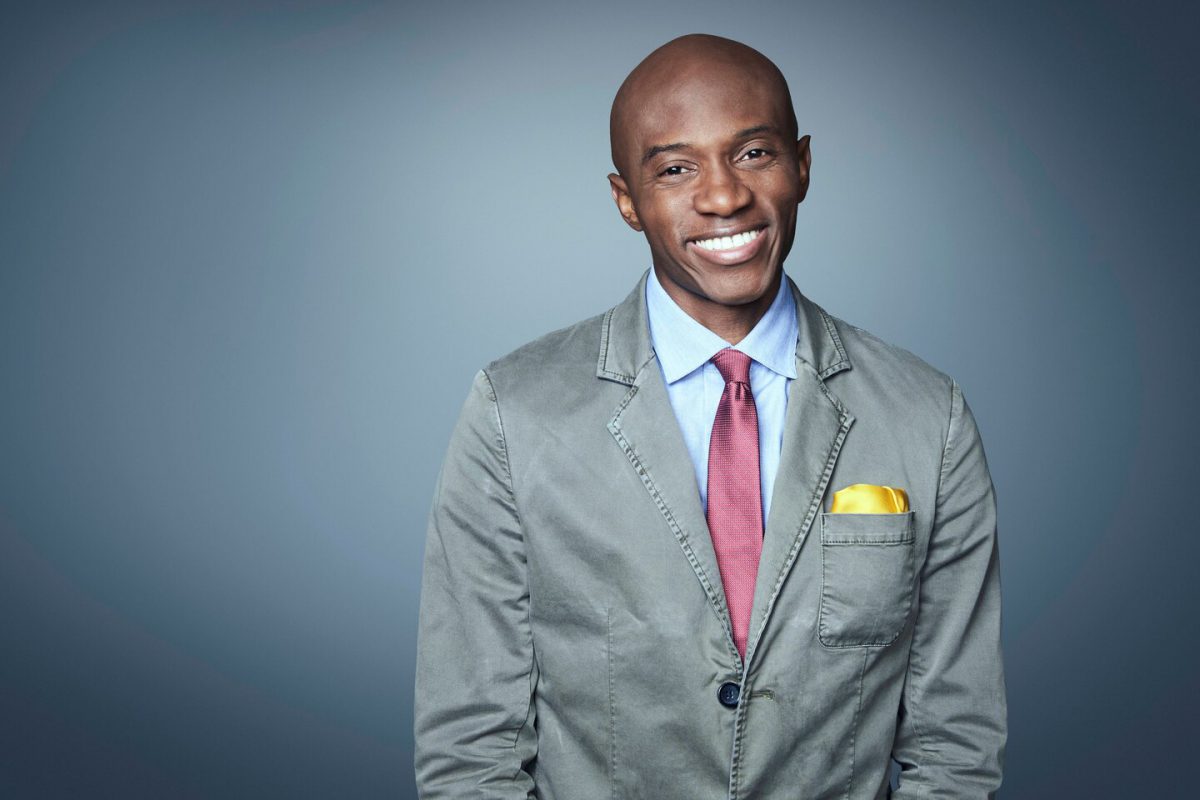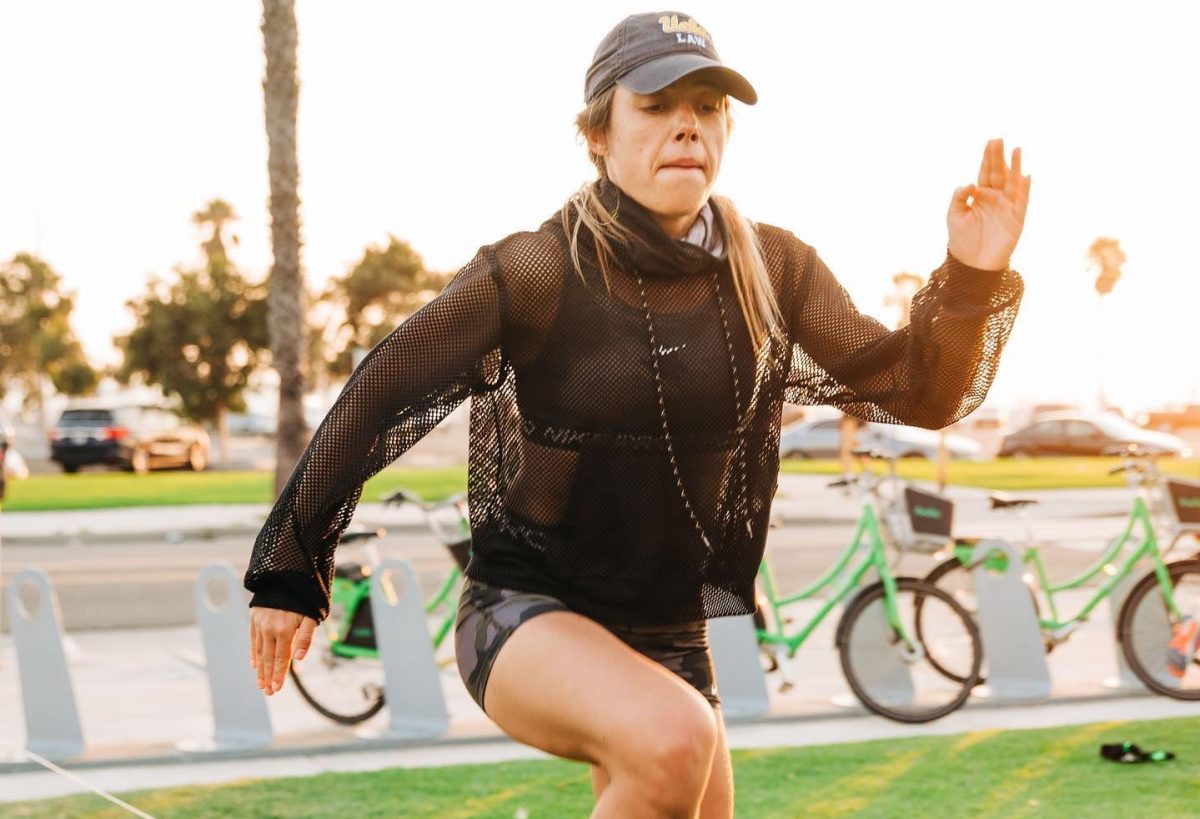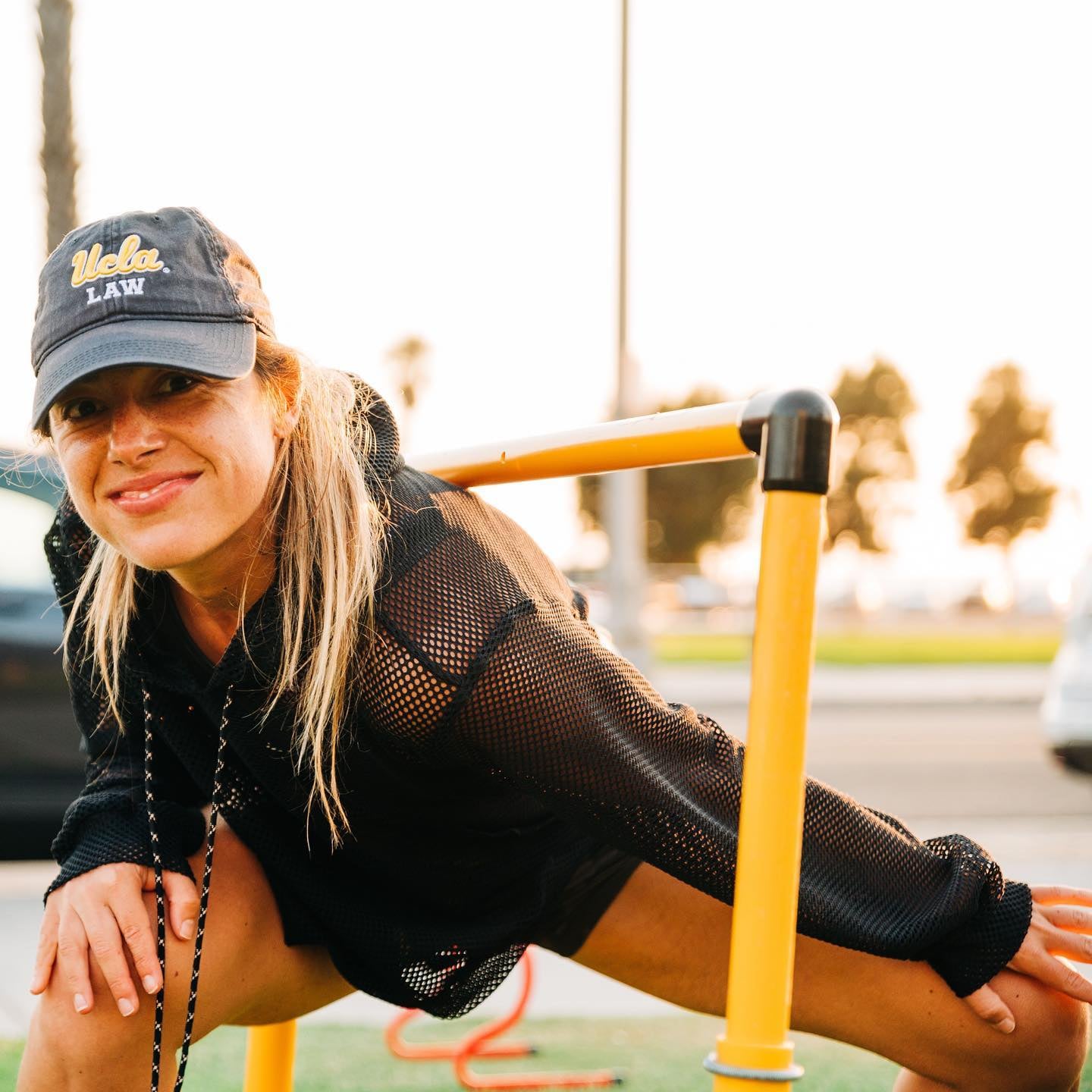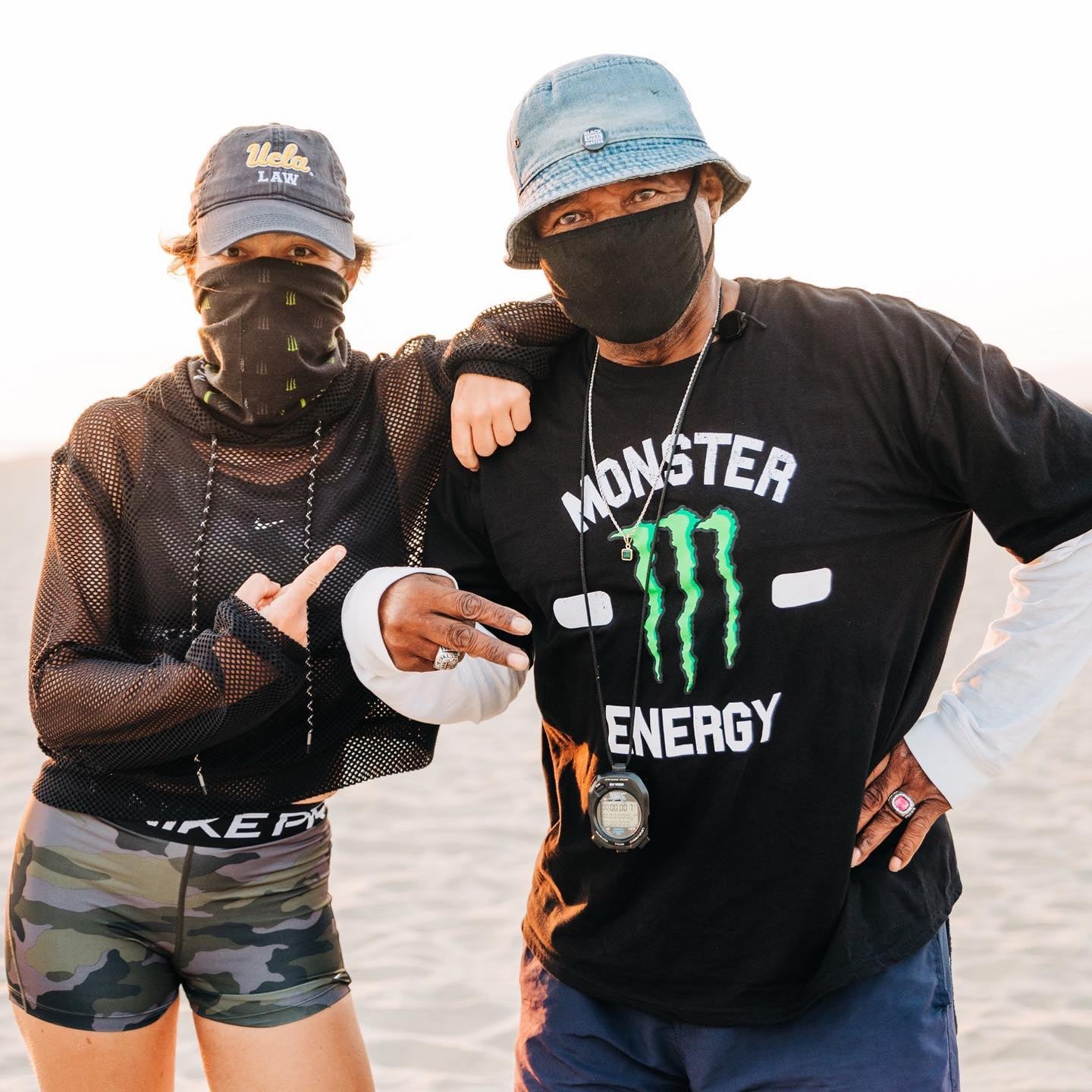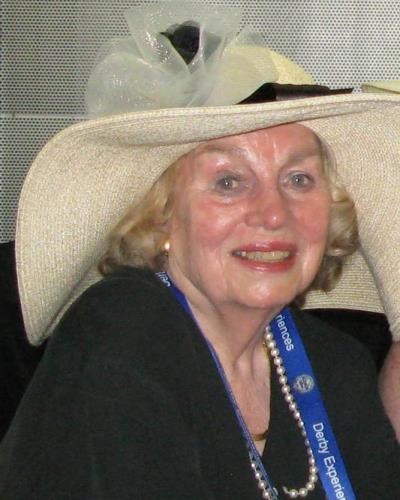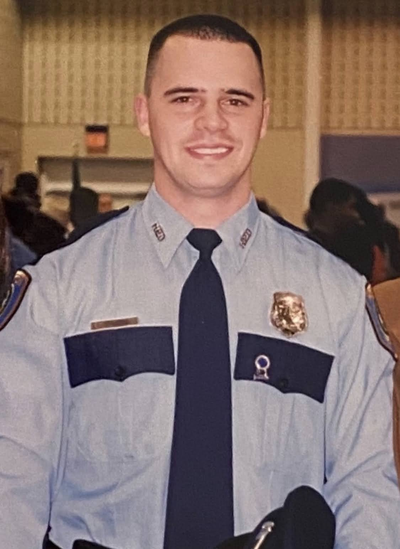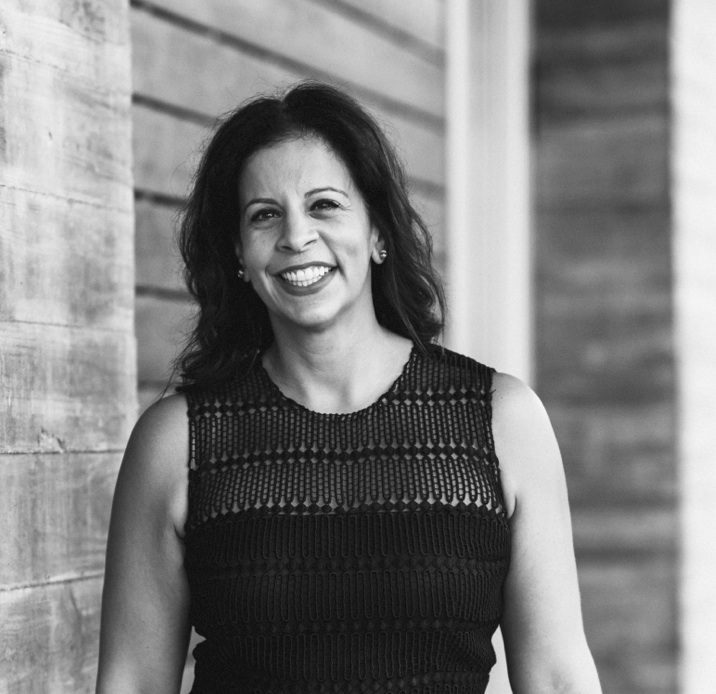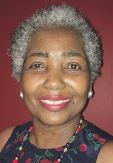Amanda Salhoot (IMC11) is the current vice president of business development and partnerships at Chill Anywhere, a meditation app that combats the current mental health crisis. Amanda has previously worked at Chicago Ideas, Ann & Robert H. Lurie Children’s Hospital of Chicago and Performics.
Since graduating from IMC, you’ve worked in marketing communications (marcom) for both nonprofit and for-profit companies. How does your approach differ, if at all, between working for a children’s hospital and for a digital marcom company, for example?
I became a full-time IMC graduate student after working for about 10 years. My background was in marketing, specifically in the magazine publishing industry. In addition to my full-time work, I was very active philanthropically serving on boards and volunteering for organizations focused on empowering women and children. While I enjoyed magazine publishing, the philanthropic work was what made my heart sing. I went to IMC with the objectives of merging my professional and philanthropic experience and then working for a nonprofit or social impact organization upon graduation. Plus, marketing had evolved since I studied it in undergrad — digital media, analytics and consumer behavior — so this was my opportunity to really immerse myself and sharpen my marketing skills.
I’ve found that while the mission and the “customer” of a children’s hospital foundation and a digital marcom company may be different, each organization must put the customer at the center of what they do to be successful. For Ann & Robert H. Lurie Children’s Hospital of Chicago Foundation, I developed donor-centered marketing strategies to advance a spectrum of fundraising initiatives through individual giving, corporate cause marketing campaigns, foundational grants and fundraising events. During my interim role at Performics, I was internally focused and developed employee engagement strategies for colleagues in offices around the world.
What are some of the essential skills you took away from IMC and how have you used them in your career to date?
In addition to instilling in me a customer-centric viewpoint, IMC really helped me become much more driven by both qualitative and quantitative data. I now turn to data and consumer insights when developing marketing strategies and measuring the success of initiatives. While not every initiative will be a wild success, there are still insights to be gleaned that can then help shape the next thing you do.
Also, from an organizational management perspective, it is essential to set data-driven goals for your team to ensure that we are all working towards similar objectives and to measure progress along the way. It is fun to look back during a quarterly or annual review to celebrate what individuals and the team as a whole have accomplished.
Lastly, IMC strengthened my ability to work with cross-functional teams. Having the chance to collaborate with people who have different areas of expertise helps strengthen you as a marketer and also takes your work to a higher level.
During your time at Chicago Ideas, how did that organization’s concept evolve and what did you enjoy most about being part of a platform for open discussion and change?
Chicago Ideas was developed to make ideas accessible by democratizing them. For $15, you could go to the Harris Theater to see Hillary and Chelsea Clinton speak, see a DJ set with Questlove or get an exclusive tour of EY’s forensics lab. While stage programs and in-person experiences were the foundation of Chicago Ideas, we realized that content and going into the community had the power to reach even more people to inspire and activate change. For content, we invested in a content team and technology to make it possible to create videos, develop a podcast and really leverage the power of social media. For community, we had always had a youth program that engaged high school students from under-resourced communities.
In 2018, we grew the community engagement team and made a commitment to Chicago Ideas becoming a platform for the entire city. We did this by not only featuring diverse voices in our stage programs, but by having organizations throughout the city host events, by committing to having 25% of our audience come from low socioeconomic neighborhoods and by creating content about organizations and people throughout the city. In 2019 alone, Chicago Ideas partnered with over 140 nonprofit organizations.
One of my favorite initiatives the team worked on was called The 77 Project, a storytelling and media project in which we created a unique piece of content on an organization or individual in each of Chicago’s 77 neighborhoods. As the head of corporate and individual fundraising, I was able to connect with the country’s most forward-thinking organizations and individuals across industries. Together we would develop mutually beneficial custom partnerships that advanced their specific business objectives while supporting Chicago Ideas’ mission as a nonprofit.
Can you talk a little about your new job at Chill Anywhere and why this technology is so relevant right now?
Chill, a modern meditation studio across the street from the Merchandise Mart in downtown Chicago, was founded three years ago by Kellogg alum Laura Sage. We wanted to create a space of respite where busy professionals could go for a quick chair massage, a meditation or yoga class or to take a workshop to deepen their practice. Pretty quickly, businesses started to approach us to help with their employee wellness initiatives ranging from a single private session to a whole mindfulness curriculum. Since then we have worked with over 300 organizations ranging from global consumer packaged goods companies to law firms and universities, developing sessions exploring themes such as stress and anxiety management, mindful leadership and collaboration, and rest and relationships.
Given that most of our partners are global and have employees around the world, we started to livestream the sessions. This then inspired us to create our app, Chill Anywhere, which we started to develop at the beginning of 2019. Chill Anywhere allows us to extend our mission by helping even more people “live less stressed, more mindful lives.” Users will find a growing library of over 400 on-demand meditation and yoga sessions, daily livestreamed classes and a journal to reflect on their practice and track personal goals.
For employers, Chill Anywhere is a scalable resource to help with the current employee mental health crisis. Prior to the COVID-19 pandemic, most employers (66%) identified mental health as the top clinical priority to address by 2021, according to the Willis Towers Watson 24th Annual Best Practices in Health Care Employer Survey. This level of employer focus was driven by the rising prevalence of mental health conditions prior to the pandemic — around three in 10 employees suffer from severe stress, anxiety or depression, according to the 2019/2020 Global Benefits Attitudes Survey. As expected, further research collected during the pandemic indicates a worsening state of mental health among workers: over 9 in 10 employees (92%) now report some level of anxiety, with 55% indicating a moderate or high degree of anxiety. While counseling is a good reactive intervention, most organizations still don’t have a plan to proactively address mental wellbeing. The technology and online community of Chill Anywhere is a cost-effective and scalable resource for employers.
What are some of the goals for the company/app?
COVID-19 forced us to close our physical studio and allowed us to fast-track the development of Chill Anywhere, which we always planned to be our sole business focus. While we have experienced great growth in our first three years, fundraising remains our top goal. We are currently in our next round of fundraising and plan to use those funds for technology product enhancements, marketing expansion and partnership development in specific corporate verticals.
Our other main focus is growing our user base through business development. Mindfulness and meditation, expected to be a $2 billion market by 2022, and corporate wellness, expected to be a $66 billion market by 2022, are converging. We believe that Chill Anywhere is positioned to be a leading vertical solution for that intersection. With three years of in-person studio experience and three years of in-person corporate programming, Chill Anywhere has the ideal foundation for bringing mindfulness and meditation to the corporate wellness market. B2B competitors can’t strike the balance of consumer brand and institutional solution, while B2C competitors are attempting to scale consumer meditation mobile apps into an enterprise space. With the pandemic being an uncertain time resulting in stress for organizations and individuals, we feel that the work we are doing is more important than ever. We are committed to helping as many people as possible.
What advice do you have for IMC students about to graduate in December? Any hints for success?
My biggest piece of advice is to grow and cultivate your network. It will be your most valuable resource. I have secured all of my postgraduate roles through my network, three having ties to IMC. Right after graduation I had an interim role with Performics where many of their senior leaders were IMC alums. My next role at Lurie Children’s came to fruition because I was having an informational coffee with an IMC alum who worked for Feeding America. While there was not a current role at Feeding America, she asked me if there were other roles or organizations that I was interested in. I mentioned that I saw a marketing role with Lurie Children’s Foundation. She knew someone on the team and sent over my resume, and I had an interview a week later. Lastly, a former IMC faculty member, Dan Gruber, invited me to a small Chicago Ideas book club discussion he facilitated back in 2012 where I met Bonnie, a Chicago Ideas staff member. After the event Bonnie and I had coffee and stayed in touch. In 2017, when the perfect role at Chicago Ideas came up, I reached out to Bonnie who then submitted my resume.
While I know entering the job market in the midst of a pandemic may be scary, lean on your network. Your connections will be your biggest supporters and will likely play an important role in each step of your professional journey.
